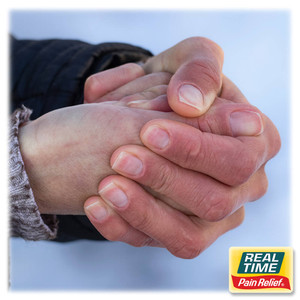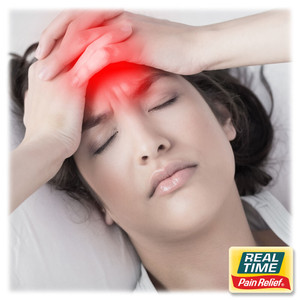Managing Lupus Pain with Nature’s Ingredients
Posted by Dennis R. Escalera on 1st Oct 2024
Introduction
Lupus, or Systemic Lupus Erythematosus (SLE), is a chronic autoimmune disease where the immune system mistakenly attacks healthy tissues. This can lead to widespread inflammation affecting the joints, skin, kidneys, heart, and other organs. For those living with lupus, managing pain is a constant battle. Joint pain, muscle aches, and skin inflammation are common symptoms that make daily activities difficult. Many sufferers are turning to topical creams and lotions made with Nature’s Ingredients as a way to manage localized pain without the need for systemic medications that often come with harsh side effects.
Symptoms and Diagnosis
Lupus is known for its “butterfly” rash across the face, but it can also cause joint pain, swelling, fatigue, and sensitivity to sunlight. Joint pain and inflammation are often among the first signs of the disease. Lupus can mimic other autoimmune disorders, making diagnosis challenging. Blood tests that check for specific antibodies, such as anti-nuclear antibodies (ANA), can help confirm a diagnosis.
Treatment Options
Treatment for lupus focuses on controlling symptoms and reducing inflammation. This often includes a combination of medications such as corticosteroids, immunosuppressants, and nonsteroidal anti-inflammatory drugs (NSAIDs). However, long-term use of these medications can lead to side effects, prompting many to seek alternative therapies, including topical treatments with Nature’s Ingredients.
Topical creams offer the advantage of providing targeted relief without systemic effects. For lupus patients, this means they can address specific areas of pain and inflammation, particularly in the joints and skin, without overburdening their immune system.
Effectiveness of Nature’s Ingredients
- Aloe Vera – Aloe vera is well-known for its anti-inflammatory and soothing properties, making it an excellent option for managing skin inflammation in lupus patients. It may also help to provide relief for joint pain when applied topically.
- Turmeric – Turmeric contains curcumin, a compound with strong anti-inflammatory properties. When applied to affected areas, turmeric-based creams may help to reduce inflammation and pain, particularly in the joints and muscles.
- Boswellia – Also known as frankincense, boswellia has been used for centuries in traditional medicine to treat inflammatory conditions. For lupus patients, boswellia-based creams may help reduce joint pain and stiffness by inhibiting inflammatory pathways.
- CBD (Cannabidiol) – As with fibromyalgia and Lyme disease, CBD is also an effective option for lupus pain relief. Its anti-inflammatory properties are particularly useful for those suffering from joint and muscle pain. By interacting with the body’s endocannabinoid system, CBD might help to reduce pain and improve mobility.
Conclusion
Managing lupus pain requires a multi-faceted approach. While medications play a key role in controlling the immune response, topical creams made with Nature’s Ingredients offer a complementary solution for localized relief. Ingredients like aloe vera, turmeric, boswellia, and CBD may provide targeted anti-inflammatory effects without adding to the body’s systemic burden. For lupus patients seeking more nature-based pain relief, these options offer an effective way to manage discomfort.
References:
- https://www.ncbi.nlm.nih.gov/pmc/articles/PMC6330525/ (Aloe vera and inflammation)
- https://www.ncbi.nlm.nih.gov/pmc/articles/PMC5664031/ (Turmeric’s effects on inflammation)
- https://www.ncbi.nlm.nih.gov/pmc/articles/PMC6131088/ (Boswellia and inflammatory pain relief)
- https://www.ncbi.nlm.nih.gov/pmc/articles/PMC7023045/ (CBD’s role in pain management)





